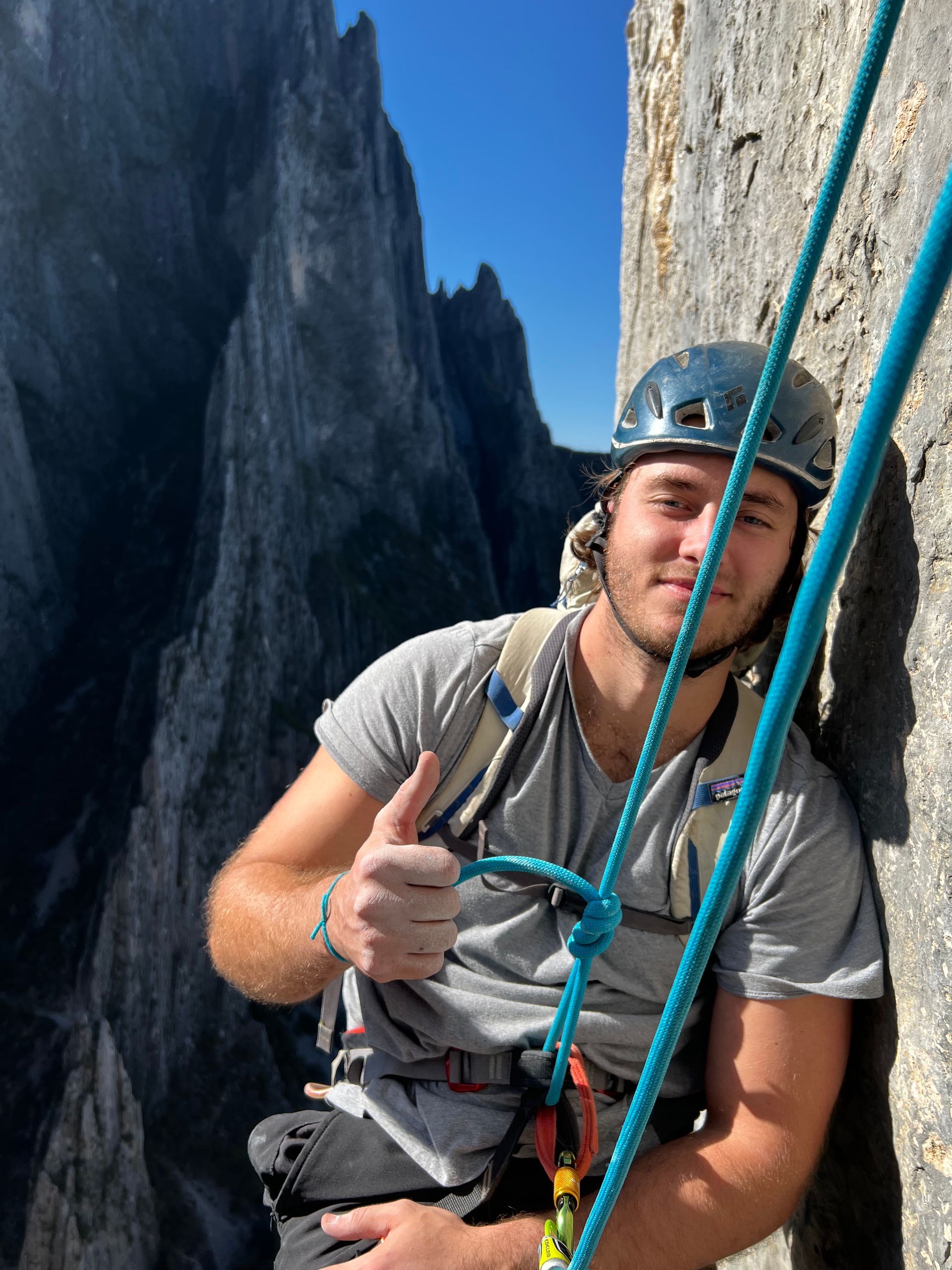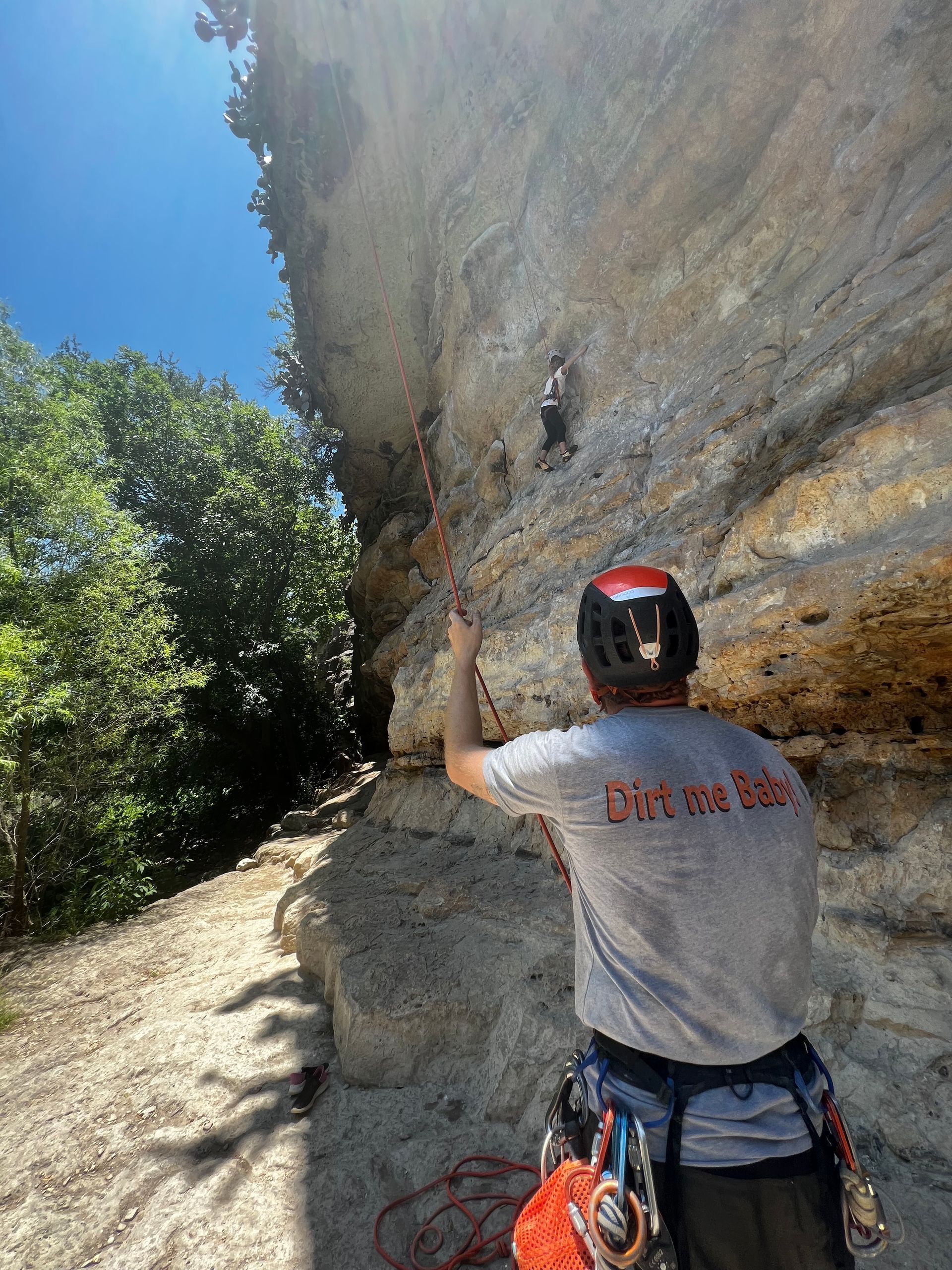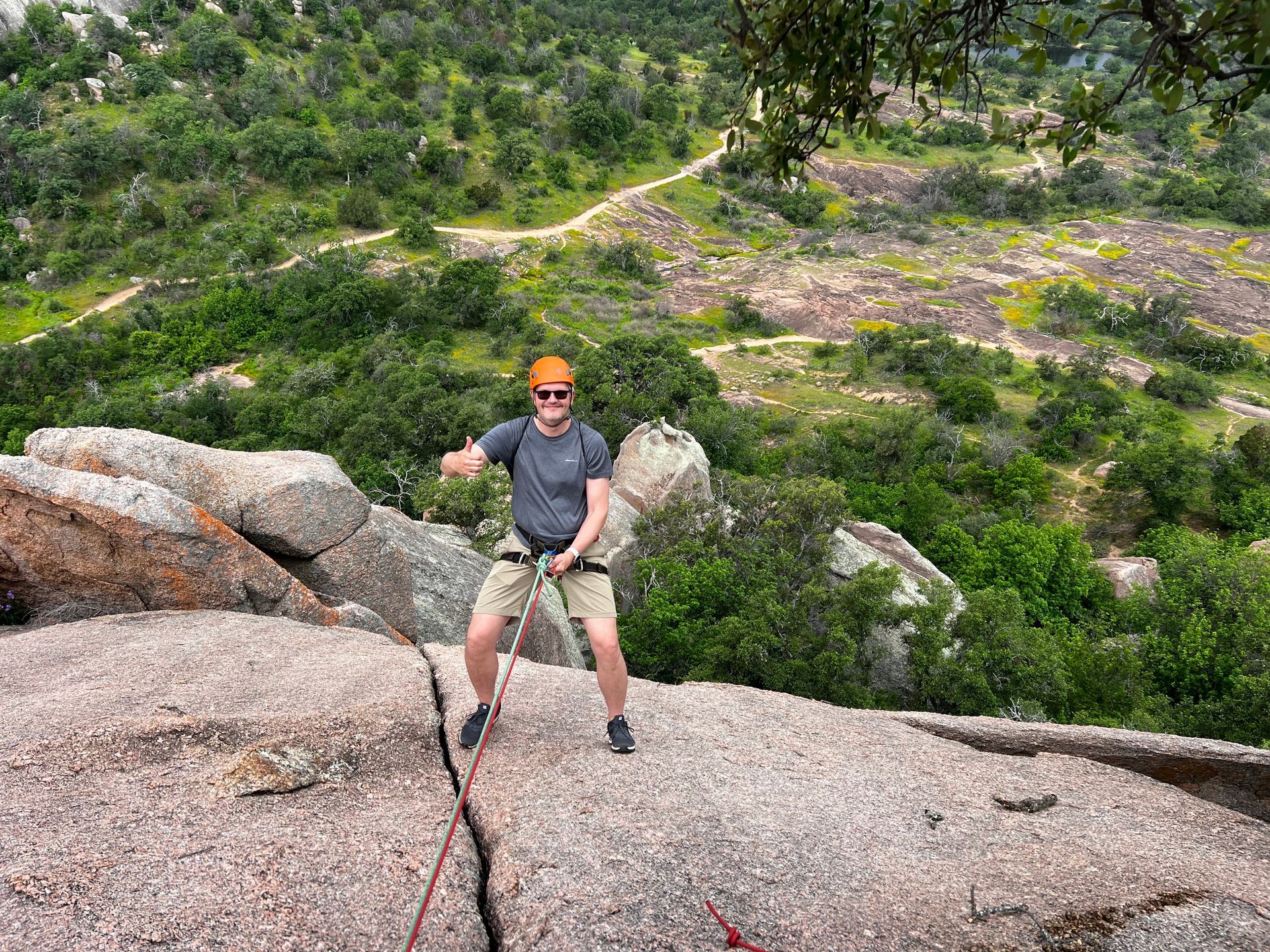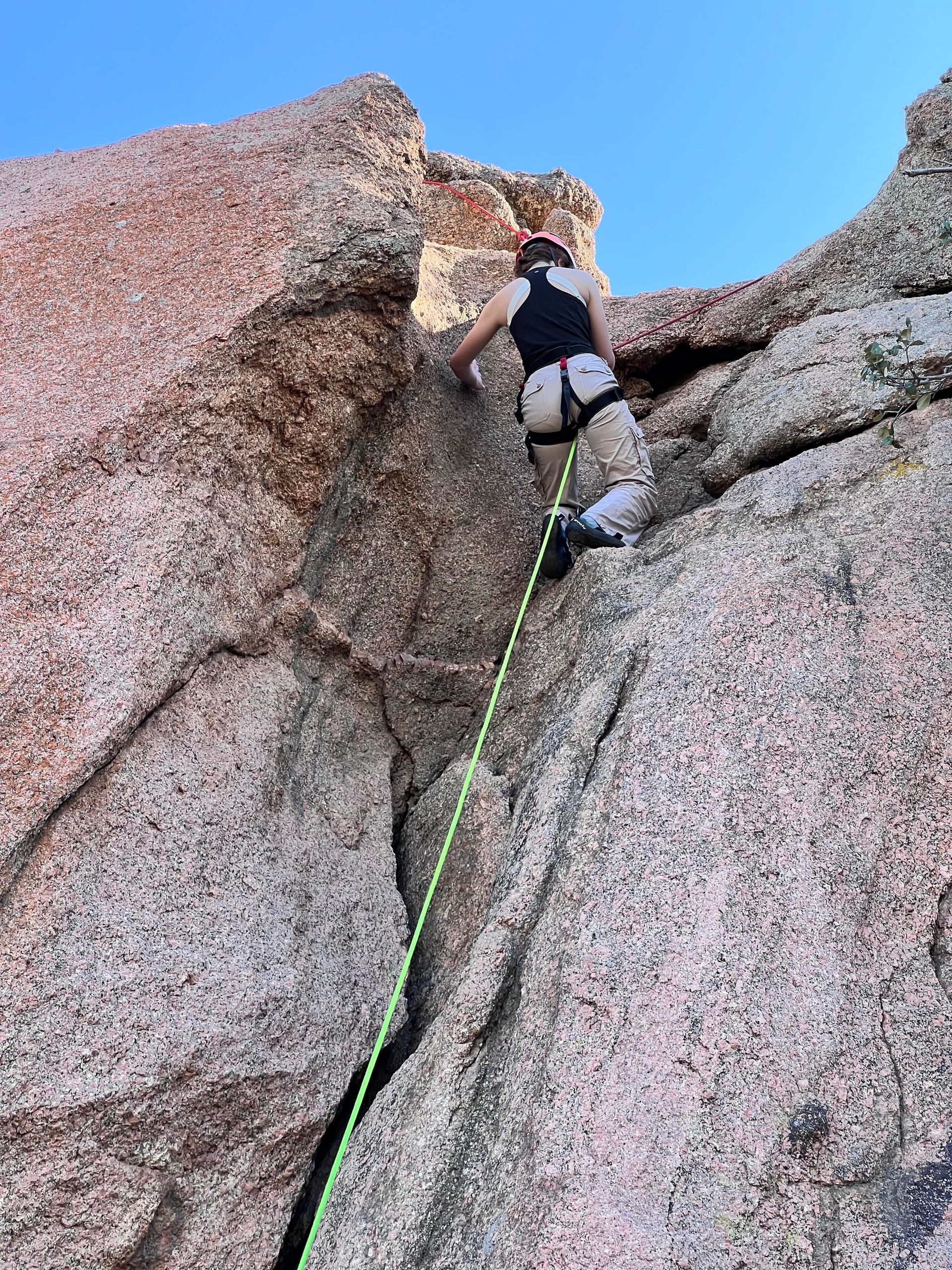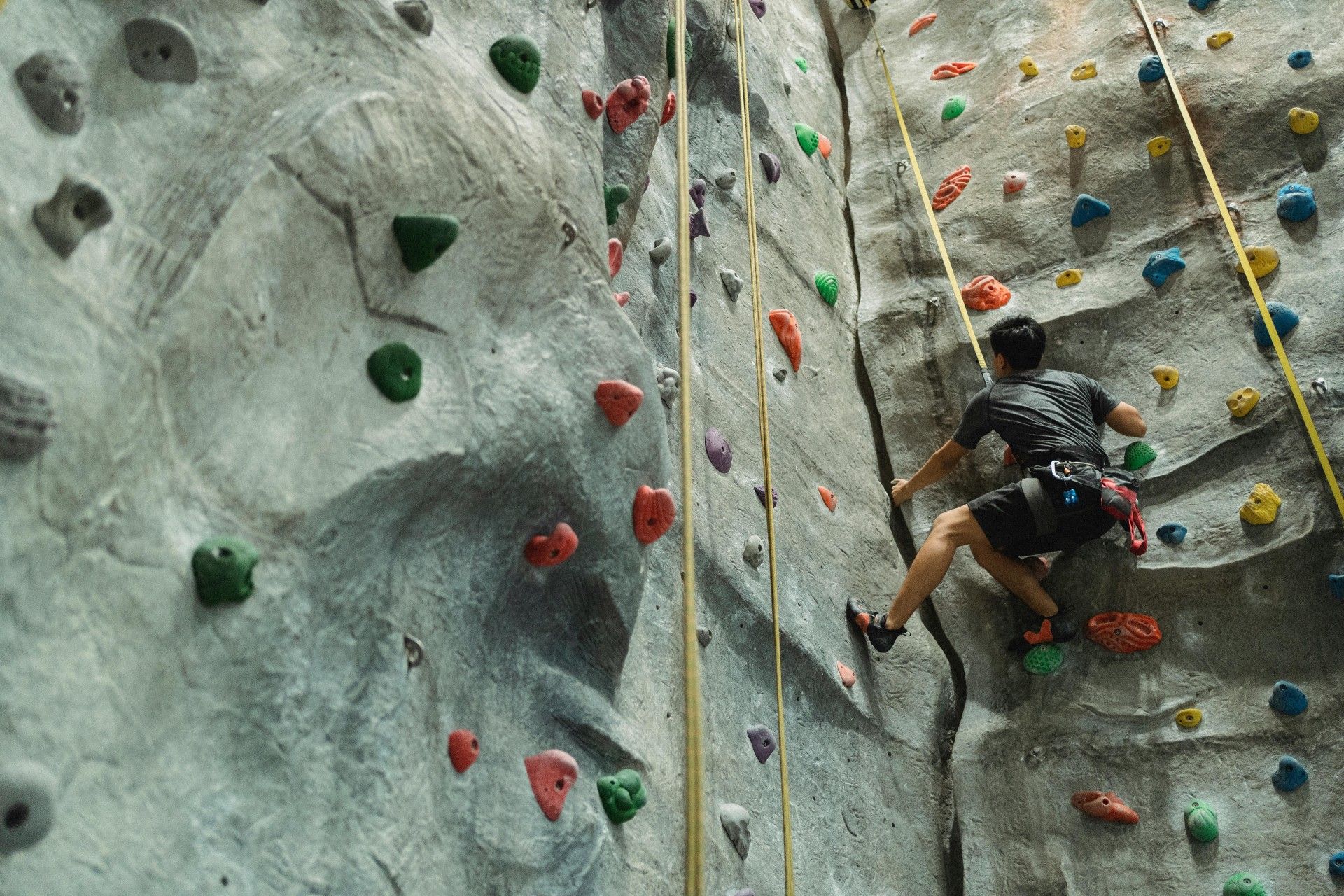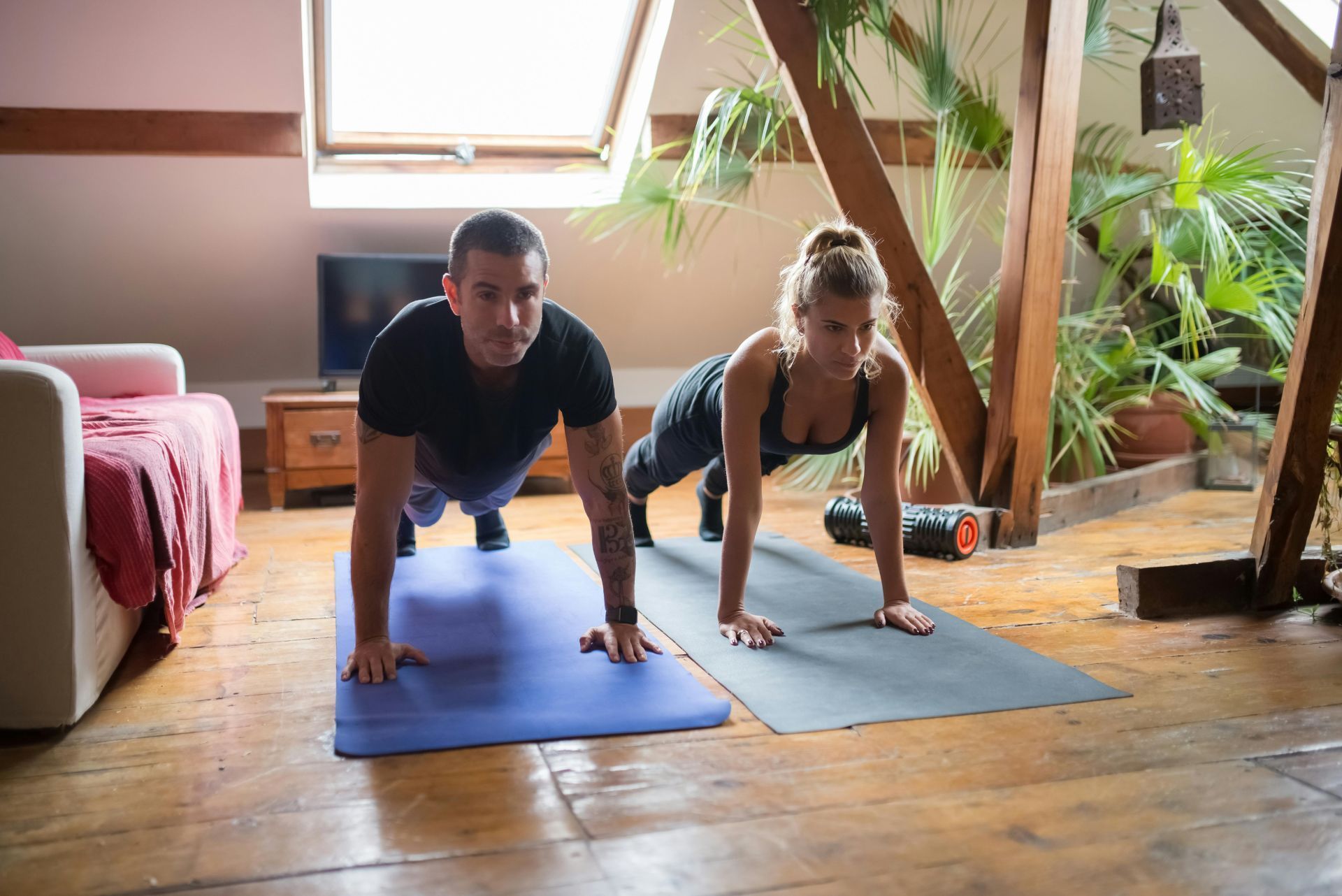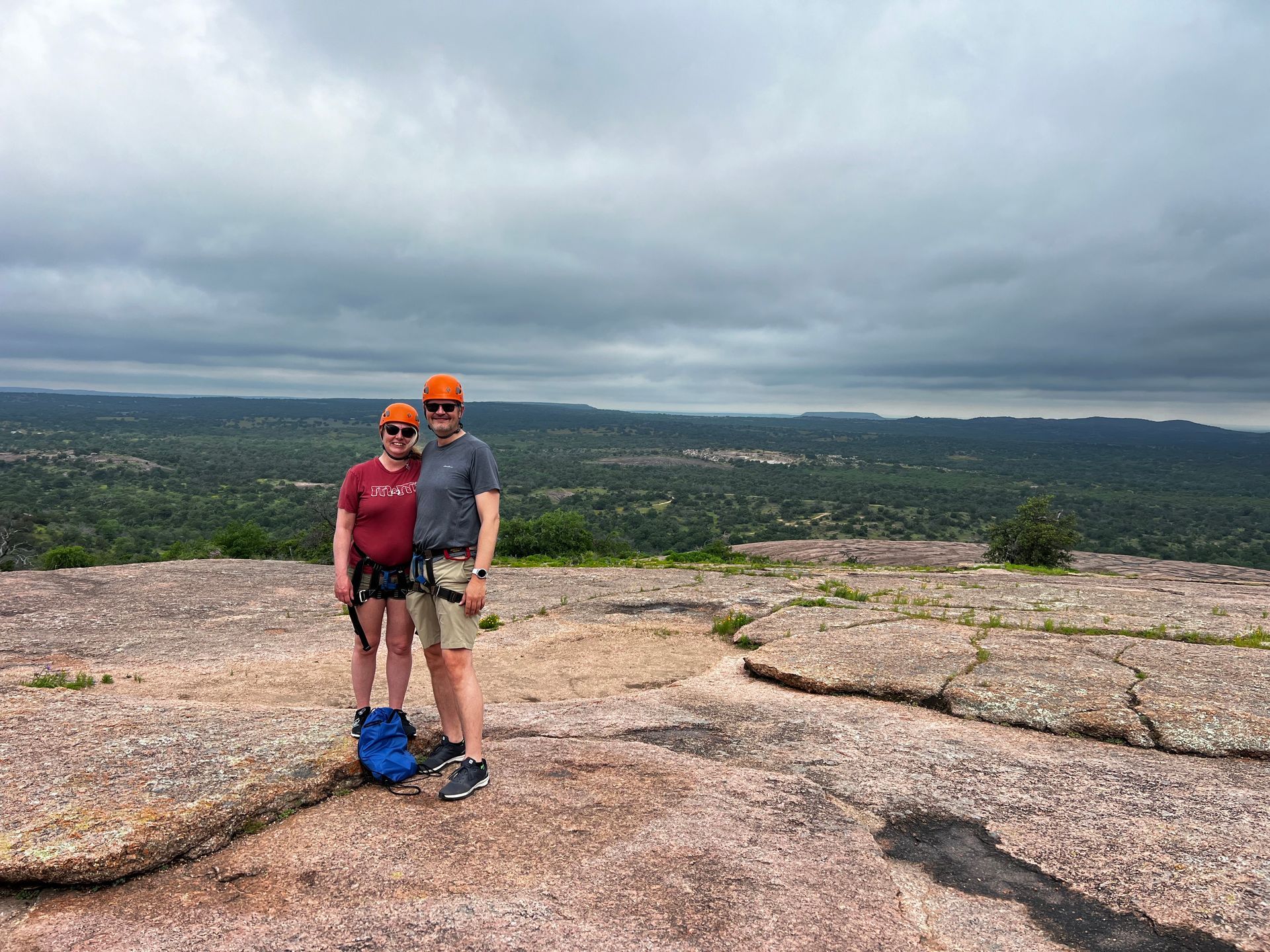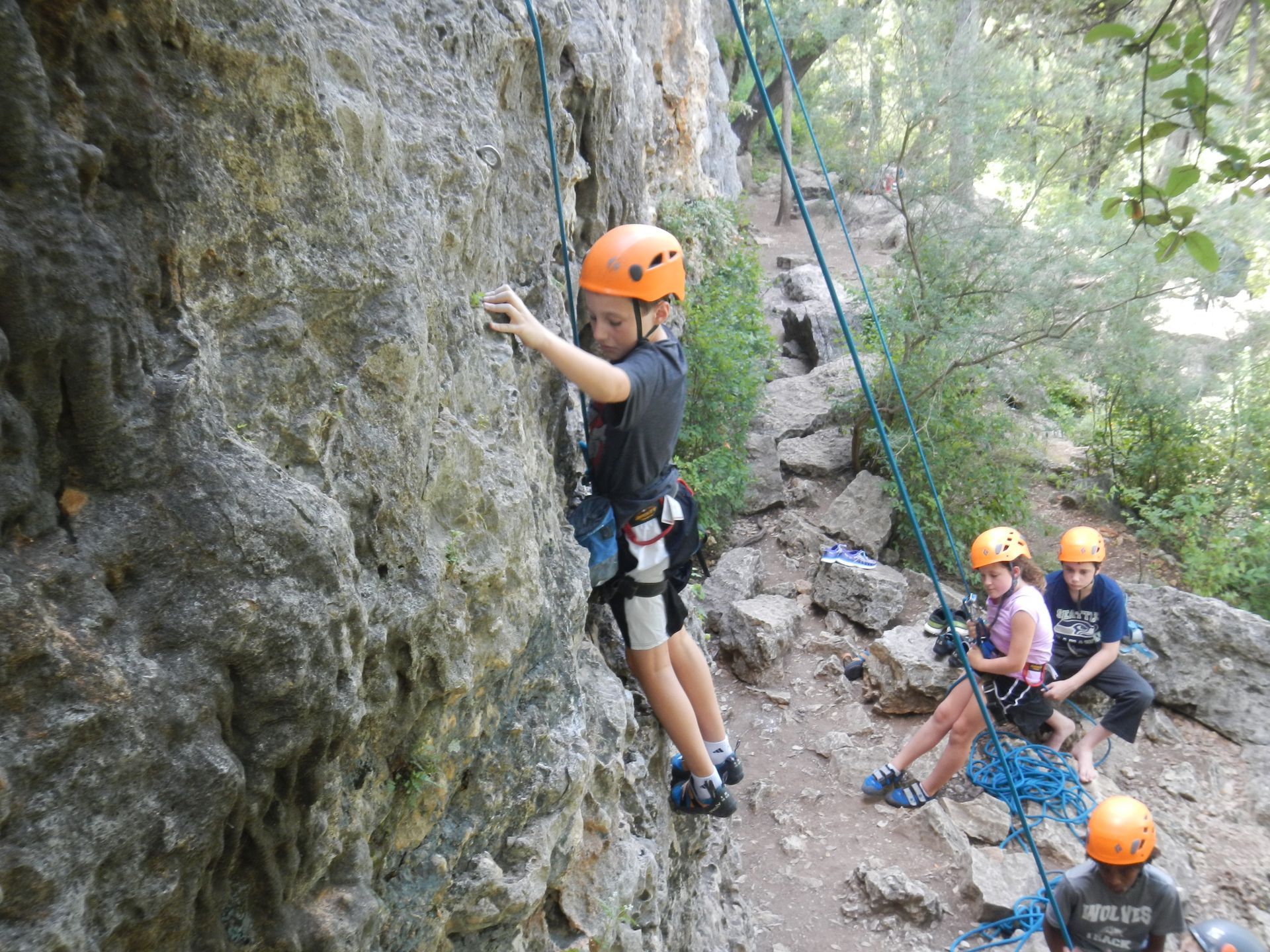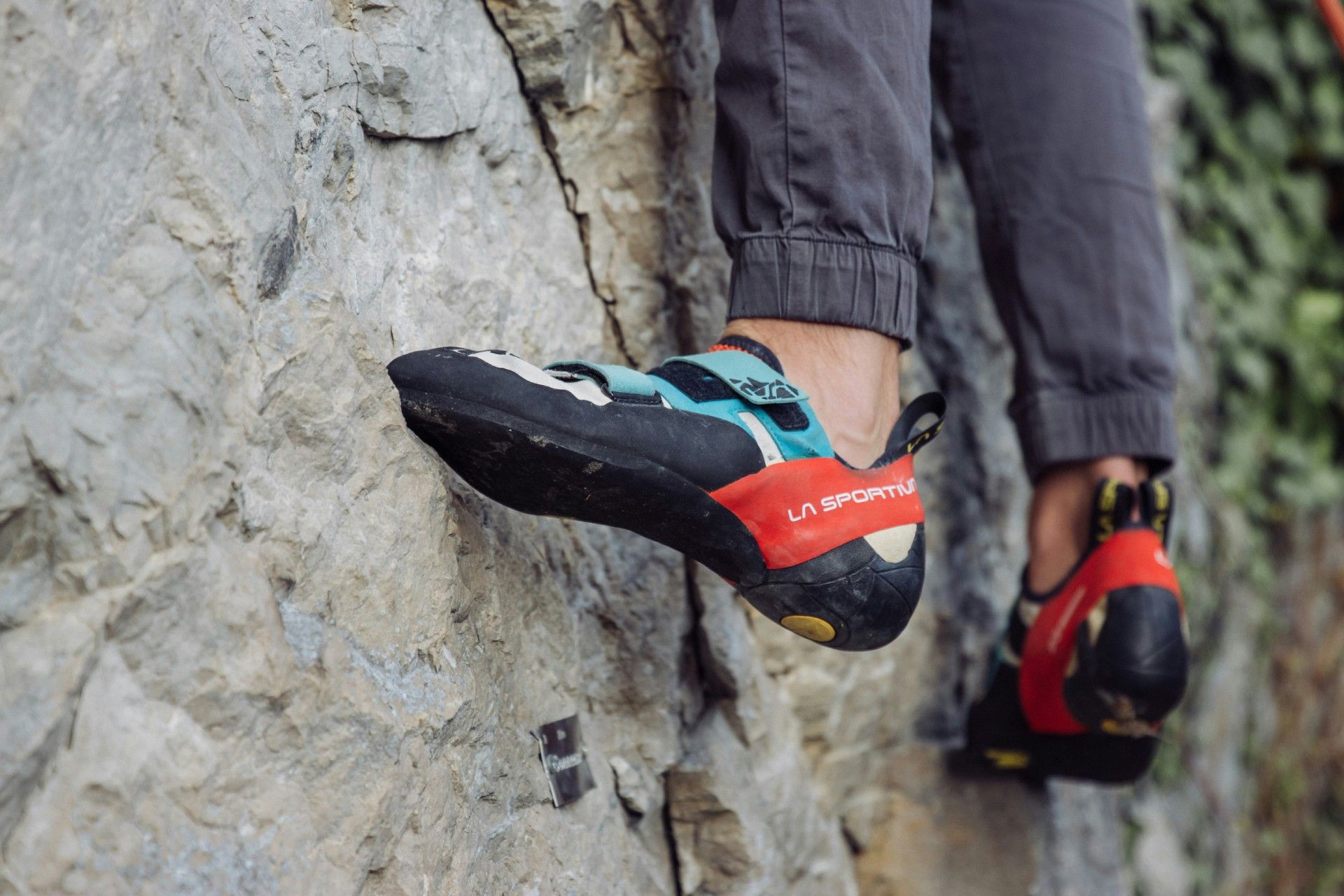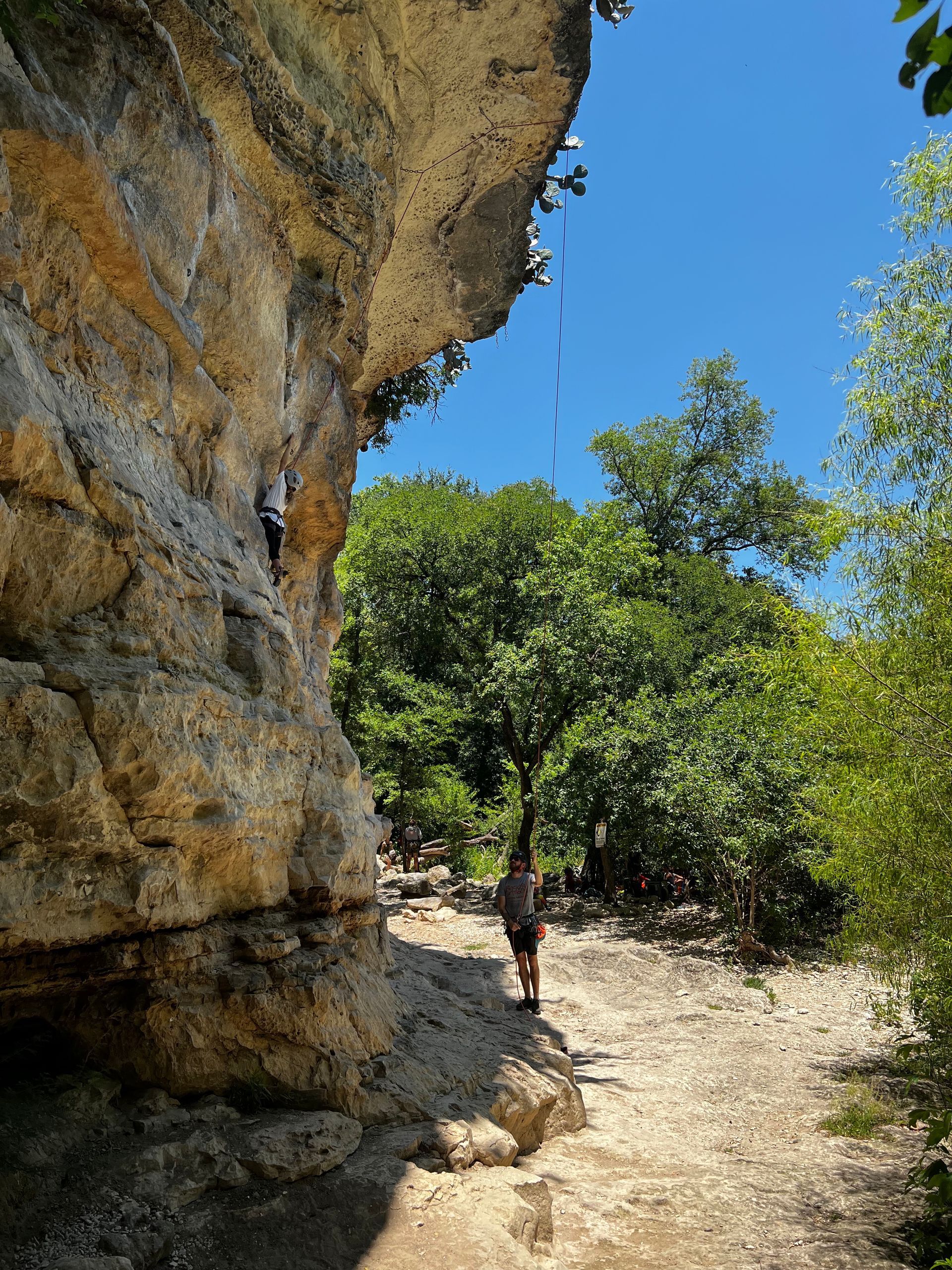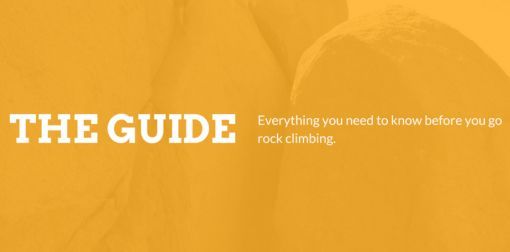What to Wear for Rock Climbing in Texas
Rock climbing is not just an exhilarating sport; it’s an art and a test of your physical and mental endurance. While your skills and tactics are your primary arsenal, what you wear can significantly influence your performance and safety. Dressing appropriately can make the difference between an enjoyable climb and an uncomfortable, or even dangerous, experience. Here is a comprehensive guide on what to wear for rock climbing:
Key Takeaways
- Choose breathable, moisture-wicking layers for Texas rock climbing to stay dry and comfortable, avoiding cotton which traps sweat.
- Invest in flexible climbing pants or shorts and proper climbing shoes to ensure mobility, grip, and protection on varied terrain.
- Always wear a climbing helmet and harness to maximize safety during both indoor and outdoor climbs.
- Pack essentials like sun protection, gloves, and a chalk bag to handle Texas heat, reduce strain, and improve grip.
- The right climbing attire enhances comfort, performance, and focus—helping you enjoy your adventure at Rock-About Climbing Adventures.
1. Base Layer: Moisture-Wicking Material
Begin with a base layer made of moisture-wicking material like polyester or merino wool. This layer should be snug enough to wick away sweat but not so tight that it restricts movement. Cotton is not recommended as it retains moisture and can make you cold.
2. Insulating Layer: Fleece or Down Jacket
For colder weather, an insulating layer like a fleece or down jacket is essential. Make sure it’s lightweight and not too bulky so that you can easily tie it around your waist or stuff it in your backpack if you get too warm.
3. Outer Layer: Breathable Shell
Your outer layer should protect you from wind and light rain but still allow for breathability. A soft-shell or hard-shell jacket that’s wind and water-resistant can be a good choice. It’s advisable to check the weather forecast and pack accordingly.
4. Climbing Pants or Shorts
Select climbing-specific pants or shorts that provide flexibility. Materials like a blend of nylon and spandex are good choices. Avoid jeans or anything too restrictive. Some climbers prefer shorts for indoor climbing or warm weather, but long pants offer more protection against abrasions and insect bites.
5. Footwear: Climbing Shoes
Your regular sports shoes won’t cut it here. Invest in a pair of high-quality climbing shoes that fit snugly but are not uncomfortably tight. You’ll need to feel the rock to navigate, so the shoes should have a good rubber grip. There are various types, from aggressive, downturned shoes for steep terrains to flatter designs for beginners.
6. Helmet
Wearing a helmet is non-negotiable when rock climbing. It protects your head from falling rocks and potential impacts during a fall. Ensure your helmet is climbing-specific and meets safety standards.
7. Gloves or Fingerless Gloves
For those who are susceptible to chafing or blisters, gloves can provide an extra layer of protection. However, they can also reduce your ability to feel the rock, which is crucial for more technical climbs. Fingerless gloves offer a compromise.
8. High-Quality Socks
If you’re climbing in colder conditions, good socks can make a world of difference. Opt for moisture-wicking material and make sure they’re not so thick that they make your climbing shoes uncomfortable.
9. Harness
Although not a clothing item per se, a harness is a crucial part of your climbing attire. Make sure it fits well, sitting above your hips and below your ribcage. You should be able to fit two fingers between the harness and your body but no more.
10. Sun Protection
For outdoor climbing, never underestimate the importance of sun protection. Bring a wide-brimmed hat, sunglasses with UV protection, and sunblock. Some climbing shirts also come with built-in UV protection.
Extras
- Chalk Bag: For better grip.
- Climbing Backpack: To carry water, snacks, and extra layers.
- Gaiters: For snowy or muddy conditions.
- Knee Pads: For climbs that require a lot of knee work.
Enhance Your Climbing Experience
Picking the right attire can significantly enhance your rock climbing experience. Invest in high-quality, purpose-designed gear, and always prioritize safety and comfort. Whether you’re a beginner taking your first steps in an indoor climbing gym or an experienced climberventuring into the great outdoors, being properly dressed will help you focus on what really matters: the climb.
Book A Climbing Experience Or Clinic At Rock-About Climbing Adventures
At Rock-About Climbing Adventures, we offer an unforgettable rock climbing experience that goes beyond just a day on the rocks. Located in the scenic Marble Falls, TX, our facility provides a range of rock climbing adventures tailored to all skill levels.
Whether you’re a beginner looking to conquer your first climb or an experienced climber seeking to hone your skills, our team of certified instructors will guide you through a safe and exhilarating adventure. But that’s not all; we also conduct climbing sessions in other prime locations like Austin, San Antonio, and Fredericksburg, offering you a variety of terrains to explore and master. Book a rock climbing experience or clinic with us and elevate your adventure to new heights!
Frequently Asked Questions
Here are answers to common questions about what to wear for rock climbing in Texas, focusing on comfort, safety, and performance.
What is appropriate clothing for rock climbing?
Wear breathable, moisture-wicking clothing that allows full range of motion. Lightweight polyester or merino wool tops paired with climbing-specific pants or shorts are ideal. Avoid cotton, as it traps sweat and makes you uncomfortable. Always prioritize flexibility, comfort, and durability to handle Texas’s heat and varied climbing terrain.
Should I wear leggings or shorts for rock climbing?
Both can work, depending on conditions. Shorts are great for indoor gyms and hot weather, but leggings or climbing pants offer extra protection against scrapes, bugs, and the sun. Choose stretchy, non-restrictive fabrics like nylon-spandex blends so you can move freely on the wall.
What not to wear for rock climbing?
Avoid restrictive or heavy clothing like jeans, cotton tops, or bulky jackets. These can trap moisture, limit movement, or weigh you down. Loose, baggy clothes can also snag on gear. Stick to lightweight, flexible fabrics designed for activity, ensuring safety and comfort during your climb.
Can I wear sneakers for rock climbing?
Sneakers aren’t suitable for climbing because they lack the grip and precision needed on rock. Invest in climbing shoes, which fit snugly and provide specialized rubber soles for secure foot placement. These shoes allow you to “feel” the rock, improving balance and control.
Are you supposed to wear socks while rock climbing?
Most climbers wear climbing shoes without socks for better sensitivity and grip. However, thin moisture-wicking socks can be helpful in colder conditions or if you’re renting shoes for hygiene. The key is to avoid thick socks that reduce control and make your shoes feel tight.
Can you go rock climbing in jeans?
Jeans are not recommended for climbing. They restrict movement, don’t breathe well, and can become uncomfortable when damp with sweat. Instead, wear lightweight, stretchy climbing pants or leggings that allow flexibility, ventilation, and comfort on long climbs.
What shoes are best for rock climbing?
Climbing shoes are essential. Beginners often start with flatter, more comfortable shoes, while advanced climbers may prefer aggressive, downturned models for steep routes. Look for shoes that fit snugly without causing pain, with durable rubber soles for maximum grip on Texas limestone and indoor holds.
Should I wear gloves when rock climbing?
Gloves aren’t standard for rock climbing, as they reduce sensitivity and grip. However, fingerless gloves or tape can be useful for protecting skin from blisters during long climbs. Most climbers prefer chalk to keep hands dry and maintain better contact with the rock.
Can I wear sweatpants to rock climbing?
Sweatpants can work for indoor climbing if they’re lightweight and not too baggy. However, they may overheat you outdoors in Texas or snag on holds. Climbing-specific pants or leggings made from stretchy, durable fabrics are usually a better option for both safety and comfort.
What should I bring for my first climbing trip?
Bring climbing shoes, a harness, and a helmet as essentials. Pack chalk and a chalk bag for grip, along with sun protection like a hat, sunglasses, and sunscreen. For outdoor Texas climbs, bring water, snacks, and layers depending on the season to stay safe and comfortable.
